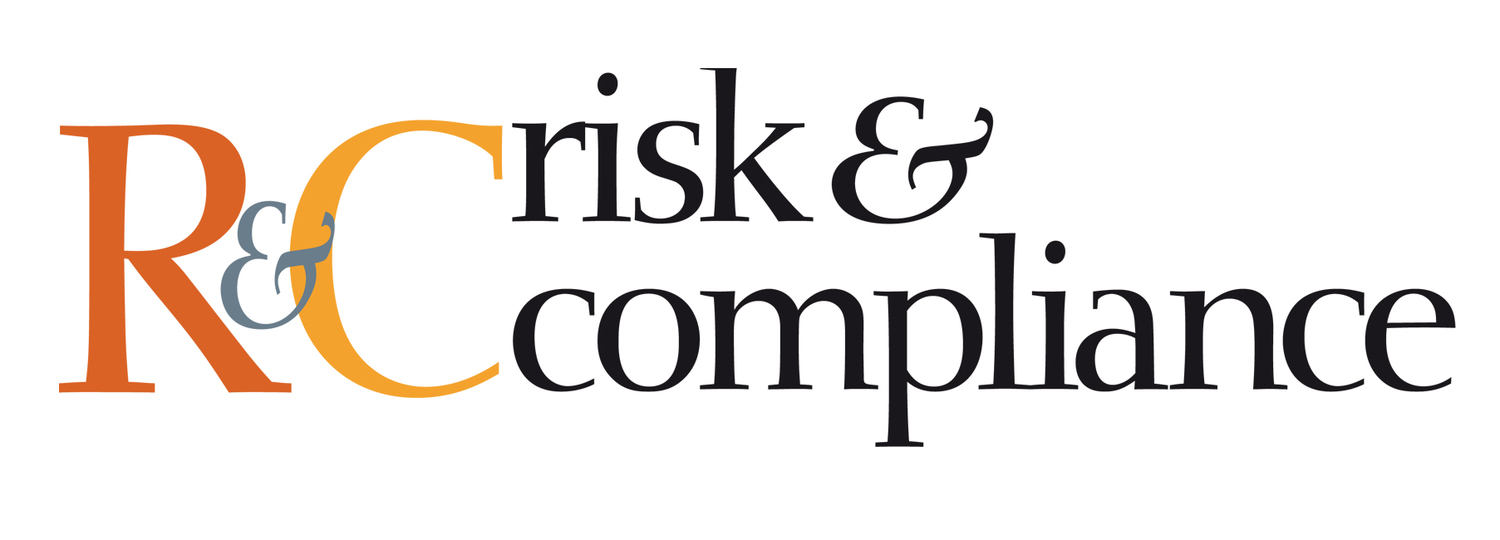MANAGING FRAUD INVESTIGATIONS IN MULTINATIONAL CORPORATIONS
R&C: To what extent are you seeing an increase in corporate fraud investigations? What factors make large companies a particularly attractive target for fraudsters?
Dias: In recent years, we have observed a rise in sophisticated document fraud in Brazil, facilitated by new technologies. It is now easy to create fake transfer receipts, invoices and payment confirmations. Even those with limited tech skills are engaging in cyber crime, enhancing internal fraud schemes. Additionally, accounting fraud by senior management is increasing, aiming to disguise losses as profits. The rapid advancement of artificial intelligence (AI) poses further challenges, as fraudsters refine their tactics. Robust processes, awareness initiatives and strong compliance programmes are crucial for prevention. However, laws and regulations must also evolve to effectively deter and penalise fraud, especially at senior levels.
R&C: What are the most common types of fraud typically experienced by multinational corporations? How is technology being used for more sophisticated methods of committing fraud?
Karvonen: Asset misappropriation and embezzlement remain top of the agenda for corporate investigations, in addition to corruption and bribery. For internal fraud, AI technology enables fraudsters to disguise fraudulent payments, by creating convincing supplier invoices, contracts, receipts and other supporting documentation easily at the press of a button. External fraud is driven by increasingly sophisticated phishing attacks and impersonation schemes, such as chief executive fraud, including the utilisation of voice imitation. Corruption and bribery are facilitated today using cryptocurrencies and the money laundering opportunities they enable.

